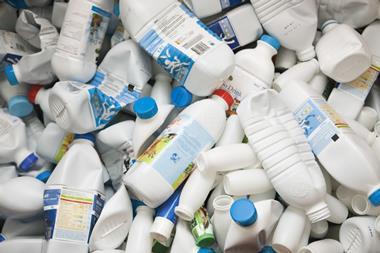Analytical research strategies are evolving to keep up with the chemical complexities of our world
Exploring the human genome has given us access to the potential health gains of using genetics to diagnose and predict disease. But it has also revealed the limits of using genetics to diagnose and predict disease. Scientists are now realising the significant role that environmental factors play in the pathogenesis of many illnesses.

Christopher Wild, a former director of the International Agency for Research on Cancer, introduced the term ‘exposome’ in an editorial for the journal Cancer Epidemiology, Biomarkers and Prevention back in 2005.1 ‘At its most complete, the exposome encompasses life-course environmental exposures (including lifestyle factors), from the prenatal period onwards … Unlike the genome, the exposome is a highly variable and dynamic entity that evolves throughout the lifetime of the individual,’ he wrote. Describing the concept as complex would be an understatement – it could include any number of chemicals or microbes from the environment or food, as well as chemicals our body makes in response to the environment or experiences.
Over 15 years after Wild conceived it, the exposome concept is gaining momentum. A screening study we covered back in March is one example of how scientists are trying to unpick the veritable soup of chemicals that our bodies are swimming in. And while the chemicals that study detected are noteworthy and perhaps worrying, screening for unknown unknowns – an important avenue for exposome research – is steering analytical science away from studies measuring a single exposure to one or few chemicals at a single time point. Specifically, high-resolution mass spectrometry, paired with computational and statistical methods, has bolstered scientists’ ability to perform untargeted analyses.
Identifying meaningful associations from our exposome data is far from simple. And as with any blossoming discipline, standardisation is an issue that needs to be addressed. It’s essential to establish comparable and reproducible procedures for exposome research early on to ensure the reliability and comparability of results across different laboratories. Not to mention community consensus to ensure data harmony.
Exposome research certainly faces some challenges, but get set to see more studies in this area. Its potential to address societal problems and inform public policy decisions make it a worthy research avenue.
References
1 CP Wild, Cancer Epidemiol. Biomarkers. Prev., 2005, 14, 1847 (DOI: 10.1158/1055-9965.EPI-05-0456)












No comments yet